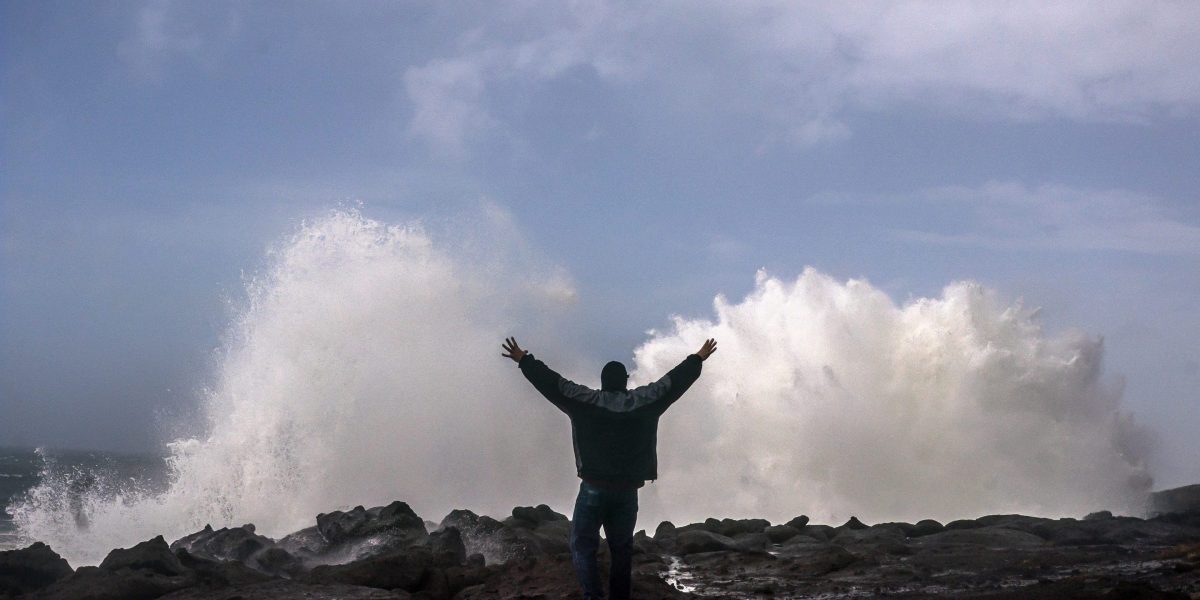Weather terminology can be a bit scary at times. Terms like “Arctic blast” and “typhoon” create some disturbing mental images. But residents of Oregon, Northern California and Washington are dealing with a somewhat rarer one this week that is (phonetically, at least) one of the most terrifying: “Bomb Cyclone”.
Even in the often hyperbolic field of weather prediction, that’s an eye-catching name, but what does it mean? And how bad will it be if you’re in the path of one?
People in the Northwest are learning the answer to that now. And while there are no literal explosives involved, the current system is pummeling the area with torrential rain, heavy snow in the mountains, and high winds.
The larger answer to what people will face, as with so many things when it comes to winter weather is: It depends. A bomb cyclone is, essentially, a powerful low-pressure system that rapidly intensifies. If that sounds a lot like a hurricane, you’re not too far off. The ‘bomb’ part of the name comes because the pressure falls so fast it gives the storm explosive strength.
Technically, the name comes from the scientific term bombogenesis, which is a storm that drops 24 millibars of pressure over 24 hours. That sometimes means the potential for hurricane or tropical storm force winds is present — though the damage likely won’t be as bad as with that sort of storm.
With the bomb cyclone hitting the northwest, one person has been confirmed dead and more than 500,000 were without power on the West coast as of Wednesday morning. This particular bomb cyclone is located 300 miles off the coast of Washington and is mixing with an atmospheric river, which could result in up to 15 inches of rain in some parts of northern California.

